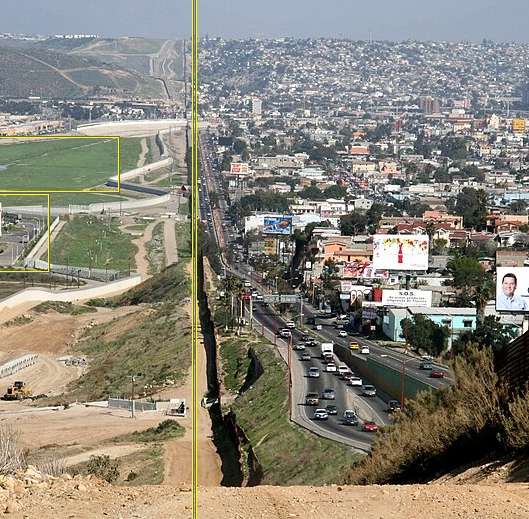Former Trump Administration Border Official Advocates Increased Deportations Despite Recent Enforcement Efforts.
The Trump administration’s initial efforts to ramp up deportations of undocumented immigrants have fallen short of expectations, according to Tom Homan, the president’s “border czar.” While Homan acknowledged an increase in arrests compared to the Biden administration, with 14,000 apprehensions since Trump’s inauguration on January 20th, he expressed dissatisfaction, stating, “We’ve got to do a lot more.” This shortfall contrasts with Trump’s campaign promise to deport “millions” of the estimated 11 million undocumented immigrants living in the United States. The initial focus has been on individuals with criminal convictions, although anyone lacking proper documentation is potentially subject to deportation.
The administration’s strategy has involved deploying personnel from multiple agencies to supplement the U.S. Immigration and Customs Enforcement (ICE) agency, which typically handles immigration enforcement. While daily arrest numbers initially surged into the hundreds, peaking at 1,179 on January 26th, they subsequently declined to below 600 in the first two weeks of February. This downturn falls significantly below the administration’s target of 1,200 to 1,500 arrests per day, highlighting the operational challenges in achieving such ambitious deportation goals. The arrested individuals face various outcomes, including deportation to their home countries, detention at the Guantanamo Bay naval base prison, or release pending court proceedings in the U.S.
Homan’s “not happy” assessment underscores the administration’s struggle to translate campaign rhetoric into tangible results. The complexities of immigration enforcement, including legal processes, logistical challenges, and resource constraints, appear to be hindering the administration’s ability to achieve its stated objectives. While the initial wave of arrests generated significant attention and signaled a shift in enforcement priorities, the subsequent decline in numbers suggests a need for recalibration of the administration’s approach.
The Trump administration’s focus on deportations reflects a broader policy agenda prioritizing border security and stricter immigration controls. This emphasis aligns with Trump’s campaign platform and resonates with a segment of the American electorate concerned about the impact of undocumented immigration. However, critics argue that mass deportations are inhumane, impractical, and economically damaging. They also raise concerns about the potential for racial profiling and the separation of families.
The early stages of the Trump administration’s immigration enforcement actions reveal a complex scenario marked by ambitious goals, operational challenges, and divergent perspectives. While the administration has made clear its intention to significantly increase deportations, translating this intent into sustained, large-scale action faces considerable obstacles. The coming months will likely see further adjustments in strategy and tactics as the administration seeks to balance its stated priorities with the practical realities of immigration enforcement.
The initial focus on criminals, while seemingly less controversial, raises its own set of complexities. Identifying and apprehending individuals with criminal records requires interagency coordination and access to reliable data. Furthermore, the definition of “criminal” can vary, and the inclusion of minor offenses could broaden the scope of deportations significantly. As the administration moves beyond this initial phase, it will inevitably face the difficult task of determining how to address the larger undocumented population, balancing enforcement priorities with humanitarian considerations and the economic impact of potentially removing millions of workers from the labor force.
Share this content:












Post Comment